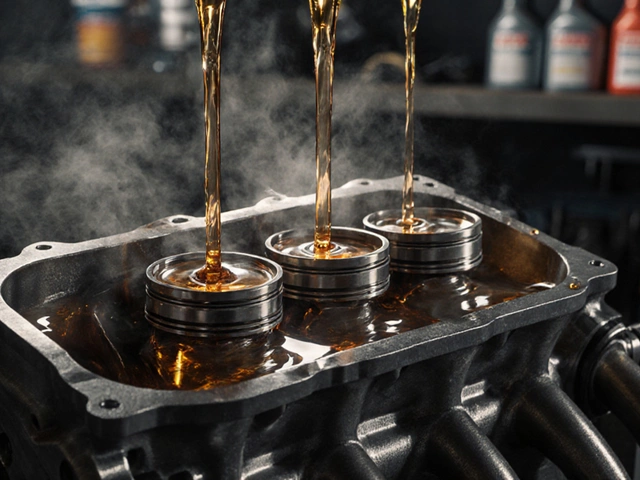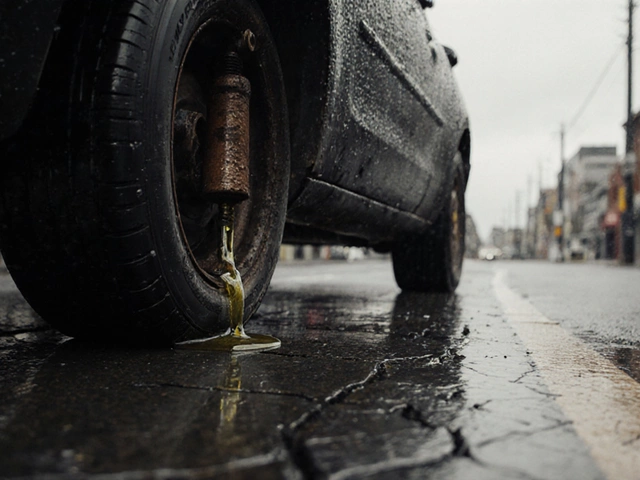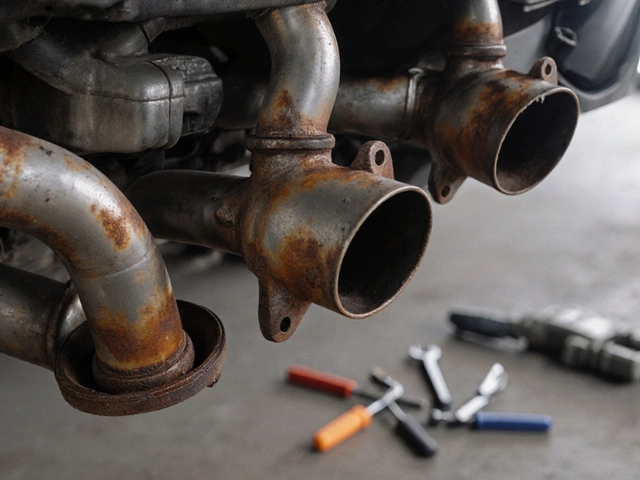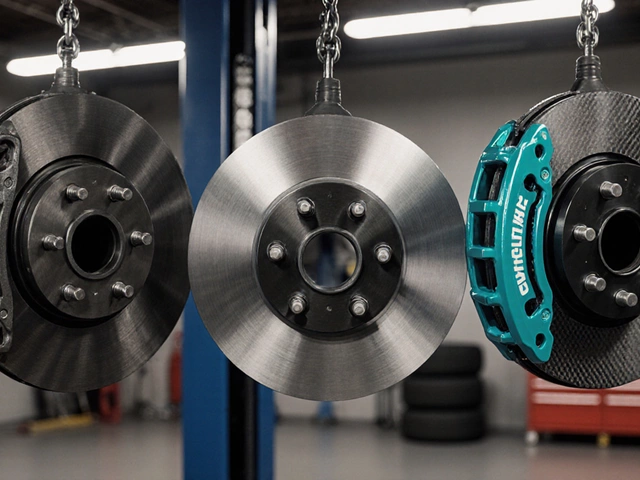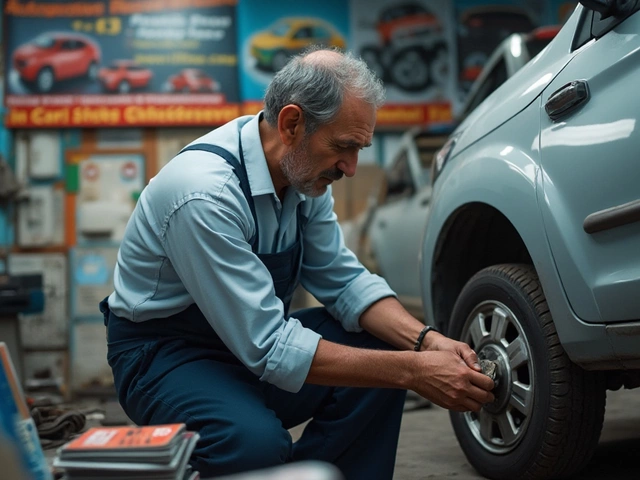Fix Radiator: Signs, Risks, and How to Do It Right
When your car starts running hot, the radiation, a key part of your car’s cooling system that circulates coolant to keep the engine from overheating. Also known as cooling radiator, it’s one of the few components that can shut down your entire vehicle if it fails. Most people ignore the early signs—until steam pours out or the temperature gauge hits red. Fixing a radiator isn’t just about plugging a leak; it’s about preventing engine damage that can cost thousands.
A bad radiator doesn’t always leak visibly. Sometimes it’s a slow drip under the car, a sweet smell from coolant burning off, or bubbles in the overflow tank. If you’ve noticed your car losing coolant without any puddles, the problem could be inside—corrosion, a cracked tank, or a faulty cap. The coolant, the fluid that moves heat away from the engine and through the radiator isn’t just water—it’s a mix designed to handle high pressure and extreme temperatures. Using the wrong type or letting it get dirty can clog the radiator’s tiny tubes, making it useless even if it looks fine.
Driving with a failing radiator is dangerous. Overheating doesn’t just stall your car—it can warp the cylinder head, blow the head gasket, or seize the engine. And once that happens, replacing the engine is often cheaper than fixing the radiator. Many people try quick fixes: stop-leak additives, extra water, or ignoring the warning light. These might get you to the next gas station, but they’re just buying time before a bigger, costlier problem.
Knowing when to fix radiator versus replace it makes all the difference. Small leaks at the seams or hoses? Often repairable. Cracked plastic tanks, rusted cores, or damaged fins? Replacement is the only real fix. Tools like a pressure tester or infrared thermometer can help diagnose the issue without guessing. And if you’re doing it yourself, remember: always let the engine cool. Hot coolant under pressure can burn you worse than a stove.
Modern cars still rely on radiators—even if they’re smarter about cooling. Some newer models use electric water pumps or auxiliary coolers, but the radiator remains the main heat exchanger. Whether you drive a 10-year-old sedan or a recent pickup, the rules don’t change: keep the coolant clean, check the hoses, and never ignore the warning signs.
Below, you’ll find real-world guides on spotting radiator trouble, what it costs to fix, how long repairs take, and how to avoid the traps that turn small problems into big ones. No fluff. Just what works.
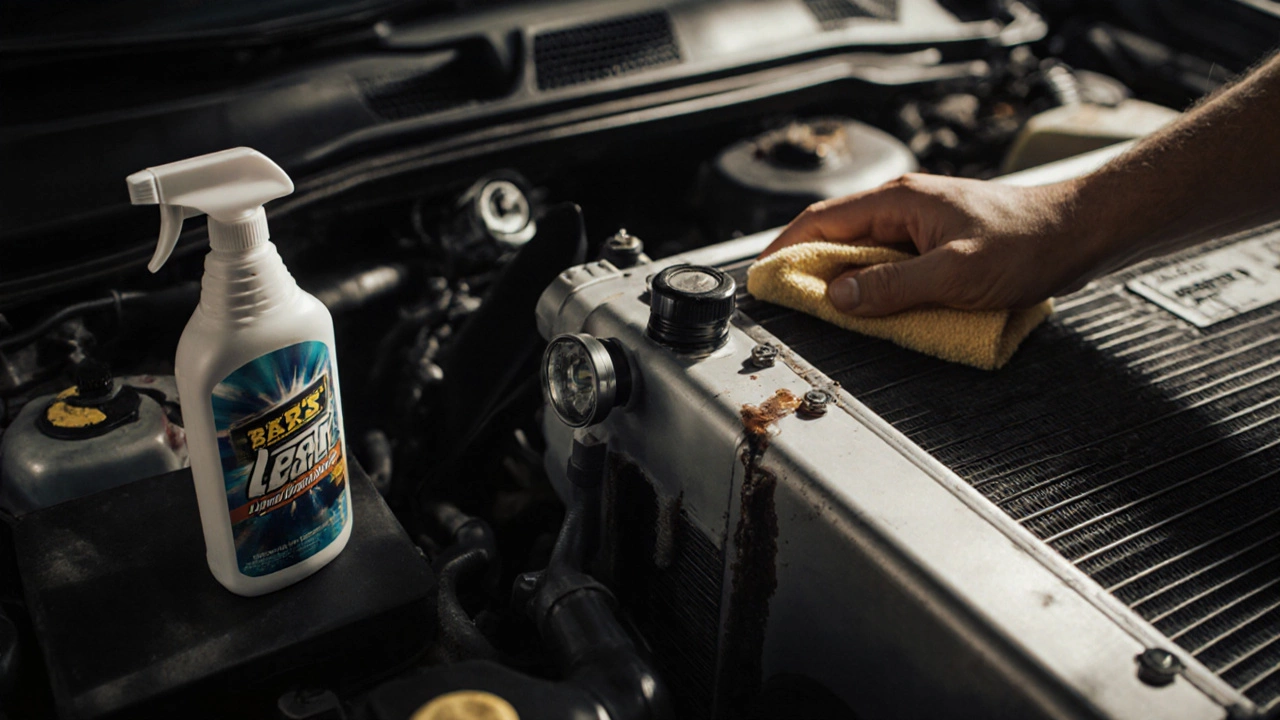
Can You Fix a Radiator Without Replacing It? Practical Fixes for Common Leaks and Clogs
You can often fix a leaking or clogged radiator without replacing it. Learn how to seal small leaks, flush clogs, and extend radiator life with simple, low-cost repairs that save hundreds.
CONTINUE READING
